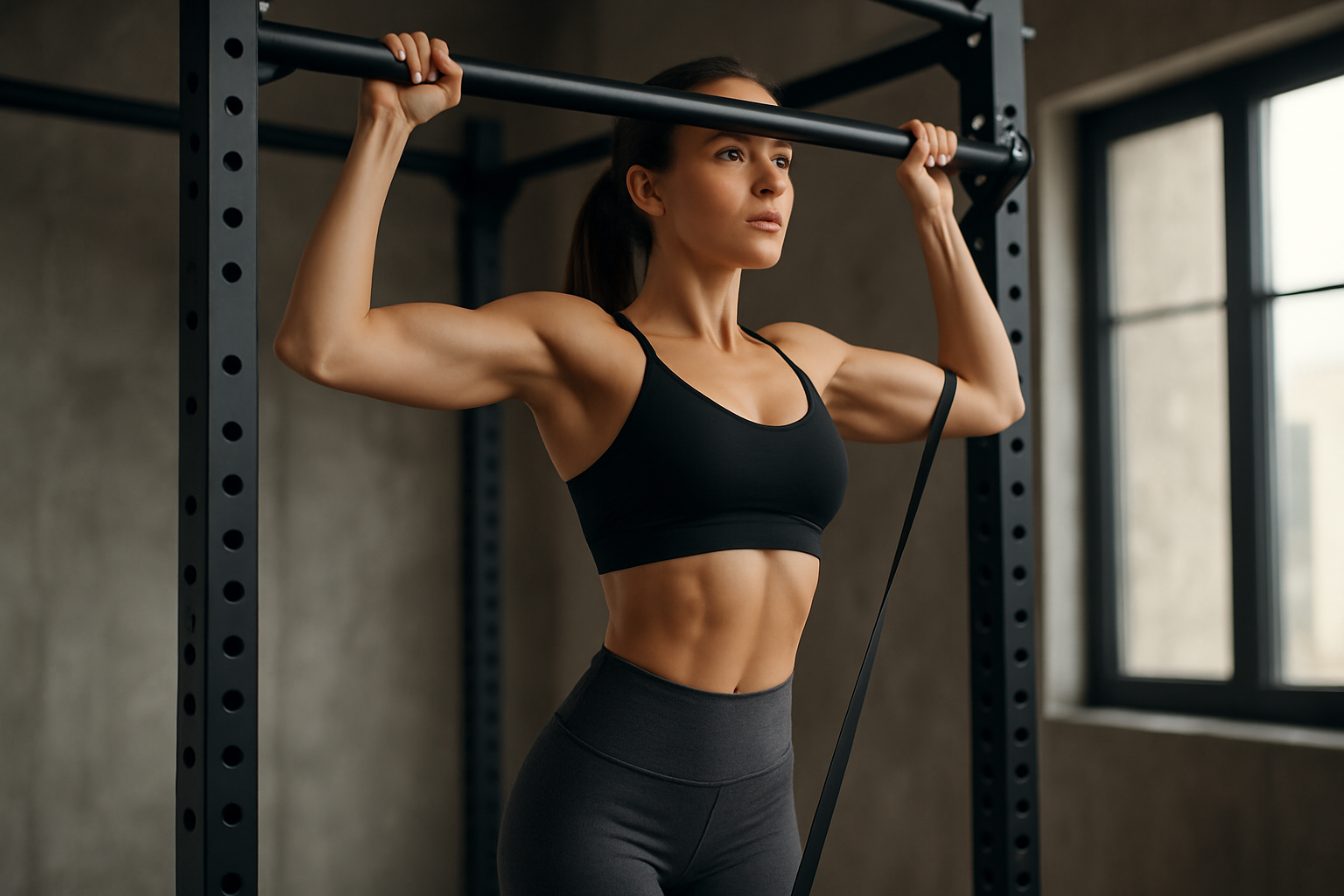Bioceramic Activewear: The Future of Performance Apparel
The fusion of cutting-edge technology and athletic wear has given birth to a revolutionary concept in the fitness industry: bioceramic activewear. This innovative fabric technology is poised to transform the way we approach exercise and recovery, offering a unique blend of performance enhancement and therapeutic benefits. Bioceramic materials, long used in medical applications for their ability to reflect far-infrared radiation, are now being integrated into athletic apparel, promising to boost endurance, reduce muscle fatigue, and accelerate post-workout recovery. As the fitness world constantly seeks new ways to optimize human performance, bioceramic activewear stands at the forefront of a new era in sports science and textile engineering.

The technology behind bioceramic fabrics involves embedding fine ceramic particles into the fibers of the garment. These particles, often including materials like titanium dioxide, aluminum oxide, and magnesium oxide, are selected for their specific far-infrared emitting properties. As the body generates heat during exercise, these particles capture and convert that energy into FIR, which is then reabsorbed by the body, creating a feedback loop of beneficial radiation.
Performance Benefits for Athletes
One of the most compelling aspects of bioceramic activewear is its potential to enhance athletic performance. Studies have shown that exposure to far-infrared radiation can lead to increased endurance and reduced perceived exertion during exercise. This is thought to be due to improved circulation and oxygen delivery to muscles, allowing athletes to maintain higher intensity levels for longer periods.
Moreover, the thermal regulation properties of bioceramic fabrics may help maintain optimal body temperature during workouts. By efficiently managing heat and moisture, these garments can potentially reduce the energy cost of thermoregulation, allowing athletes to direct more energy towards their performance.
Athletes across various disciplines, from long-distance runners to weightlifters, have reported feeling less fatigued and more energized when wearing bioceramic apparel. While more research is needed to fully quantify these effects, early results and anecdotal evidence are promising for the future of sports performance gear.
Recovery and Therapeutic Applications
Perhaps even more intriguing than its performance-enhancing potential is the role of bioceramic activewear in recovery and injury prevention. The far-infrared radiation emitted by these fabrics is believed to penetrate deep into muscles and joints, promoting healing and reducing inflammation. This property has led to the development of bioceramic sleeves, compression garments, and even bedding designed to aid in post-workout recovery and injury rehabilitation.
Many athletes now incorporate bioceramic garments into their recovery routines, wearing them during rest periods or overnight to potentially accelerate muscle repair and reduce soreness. The increased circulation and cellular activity promoted by FIR radiation may help flush out metabolic waste products more efficiently, potentially shortening recovery times between intense training sessions.
In the realm of injury prevention, the warming effect of bioceramic fabrics on muscles and joints could help reduce the risk of strains and sprains, particularly in cold environments or during early morning workouts. This protective quality makes bioceramic activewear an attractive option for athletes in high-impact sports or those with a history of injuries.
Market Trends and Consumer Adoption
The bioceramic activewear market is experiencing rapid growth as more consumers become aware of its potential benefits. Major sportswear brands are investing heavily in research and development to incorporate bioceramic technology into their product lines, recognizing the appeal of clothing that can potentially enhance both performance and recovery.
Consumer interest is particularly strong among serious athletes and fitness enthusiasts who are always seeking an edge in their training. However, the market is also expanding to include casual exercisers and individuals with chronic pain conditions who are drawn to the therapeutic potential of bioceramic fabrics.
As with any emerging technology, there is a spectrum of products available, ranging from high-end, scientifically tested garments to more affordable options with varying degrees of efficacy. This has led to increased scrutiny from consumers and regulatory bodies, calling for more standardized testing and transparent claims regarding the benefits of bioceramic activewear.
Challenges and Future Developments
Despite its promising potential, bioceramic activewear faces several challenges as it seeks wider adoption. One of the primary hurdles is the need for more extensive, peer-reviewed research to conclusively demonstrate its efficacy across various applications. While many studies have shown positive results, the scientific community calls for larger, long-term trials to establish the technology’s benefits definitively.
Another challenge lies in the manufacturing process. Integrating bioceramic particles into fabrics while maintaining comfort, durability, and washability requires advanced textile engineering. As production techniques improve and costs decrease, we can expect to see more affordable and widely available bioceramic activewear options in the market.
Looking to the future, researchers are exploring ways to enhance the effectiveness of bioceramic fabrics. This includes developing new mineral blends with improved far-infrared emitting properties and investigating ways to combine bioceramic technology with other smart fabric innovations, such as moisture-wicking fibers and responsive cooling systems.
As the boundaries between technology and textiles continue to blur, bioceramic activewear represents a fascinating frontier in the evolution of performance apparel. Whether it will become a staple in every athlete’s wardrobe or remain a niche product for elite performers remains to be seen. However, the potential for clothing that actively contributes to our physical well-being is an exciting prospect that could reshape our approach to fitness and recovery in the years to come.





